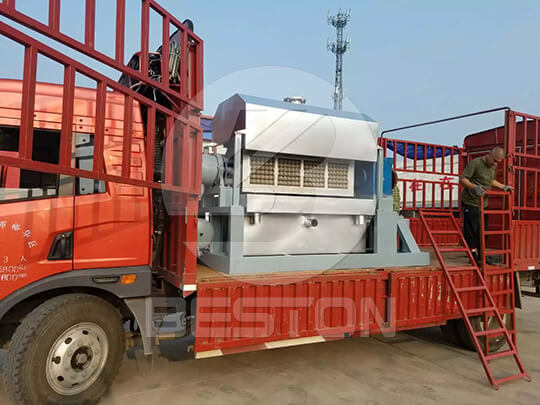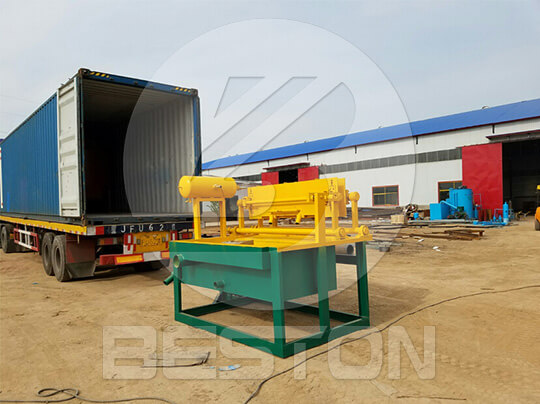What is The Process of Egg Tray Production
Egg trays are the primary storage and transportation equipment of eggs. Previously, the production material was plastic. However, with the increasing awareness of environmentally friendly products, people in this industry had to look for another option. The invention of the egg tray machine facilitated the production of paper egg trays (maquina para hacer maples de huevos) to serve this purpose. The device assumes a four-step procedure to realize production with the raw material, including waste papers like carton boxes, magazines, and old newspapers. You can acquire them locally from households or recycling companies. Below is detailed information about what happens in these steps.
Phase 1. Pulping.
The egg tray making machine has a pulping system which works efficiently to prepare the raw material into a desirable state. It uses other smaller devices to ensure the goal gets achieved. Some of these include a water pool, a máquina para fabricar cubetas de huevos, and a source of water. At the very first step, three, is the insertion of the waste paper into the pool. Since these papers come in varying textures, they have to get mixed thoroughly to form a uniform mixture. The operator will then add water but in the appropriate proportion. Excess addition leads to retention, thus affecting the performance of the subsequent stages. The beater then mixes the paper thoroughly to form pulp and ready for the next step.
Phase 2.Moulding.
The molding system (maquina moldeadora de Pasta de papel) in an egg tray making machine ensures the formation of the required types, sizes, and trays’ color. Once the pulp is ready, it gets conveyed through pipes to this stage. The system features molds in varying shapes and sizes to make the trays. The lines will release the pulp onto the devices sufficiently. Upon landing, a vacuum compressor will facilitate the items’ proper formation by sucking out any air between the two things. This way, the pulp will stick and take on the exact shape of the molding equipment. Once it is in the right state, the operator will use an air compressor to detach the egg trays. It is at this stage that you can ascertain the quantity of production.

Phase 3.Drying.
There are three different platforms employed to achieve the drying goal. The first is natural drying. It is suitable for manual machines. The method is economical but can come with lots of inconveniences. Since it takes place under the sun, you have to check on the weather forecast to confirm availability. Also, it is only suitable for small scale production. The other two include metal and brick drying systems in either single, multiple, or double layers. They work with a conveyer belt to allow for even distribution of heat. They are the most efficient. Upon drying, follows the last step.
Phase 4.Packaging.
When the trays are finally dry, they will go through the hot press then packaging. The hot iron works efficiently to eliminate any air trapped in the specs and also defining the equipment.
As seen above, the production of egg trays is an extensive process that requires attention to detail. Otherwise, it is a good investment with a huge potential to bring in profits. Remenber to purchase it from a reliable manufacturer like Beston.
- Buy An Automatic Egg Tray Making Machine – 4 Advantages Over Manual Machine
- The Benefits of Investing In a Pyrolysis Plant
